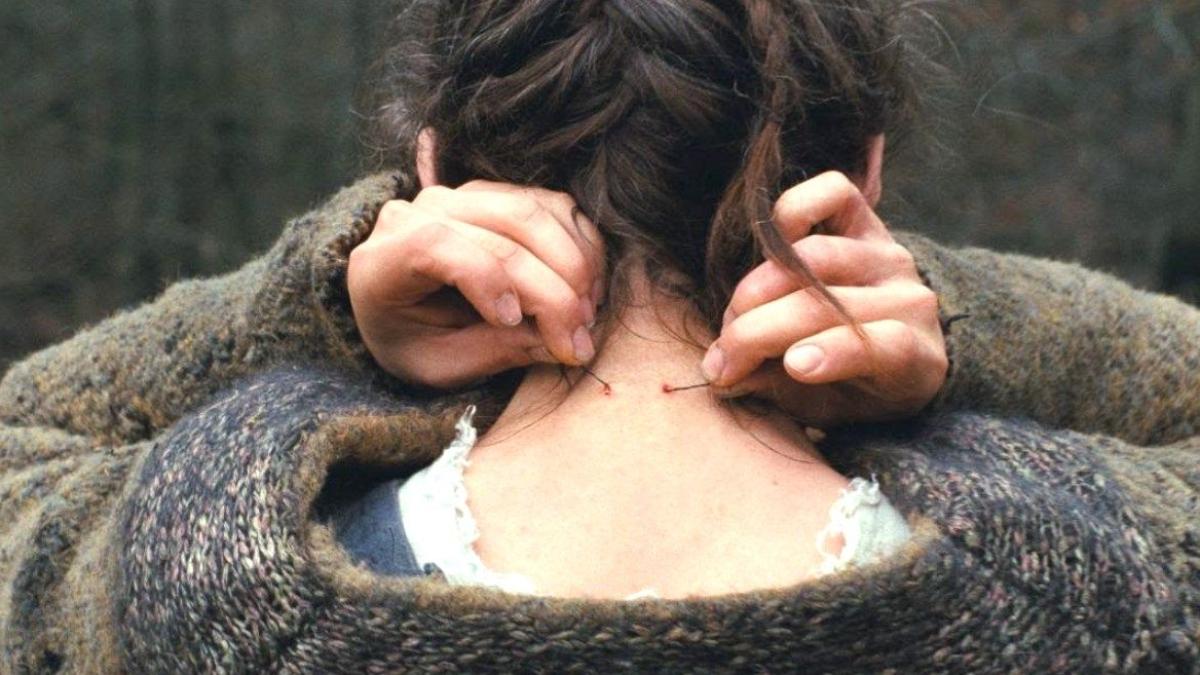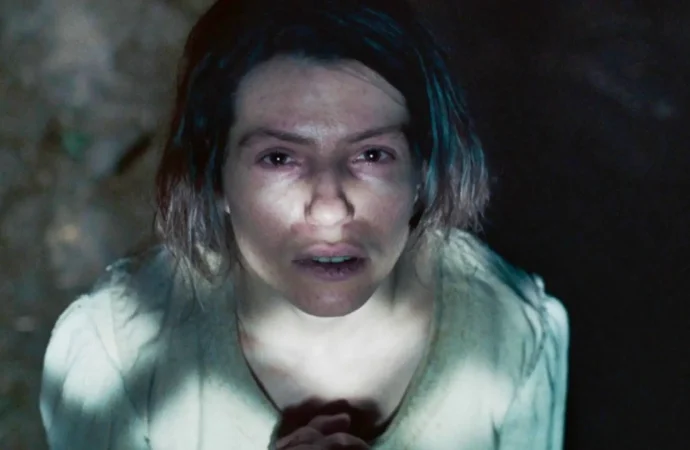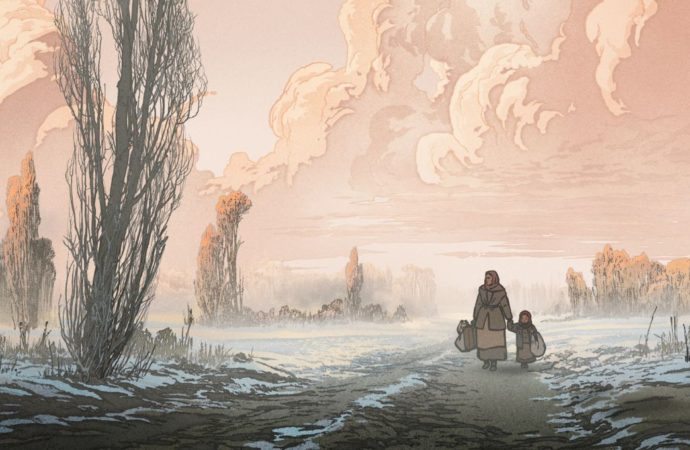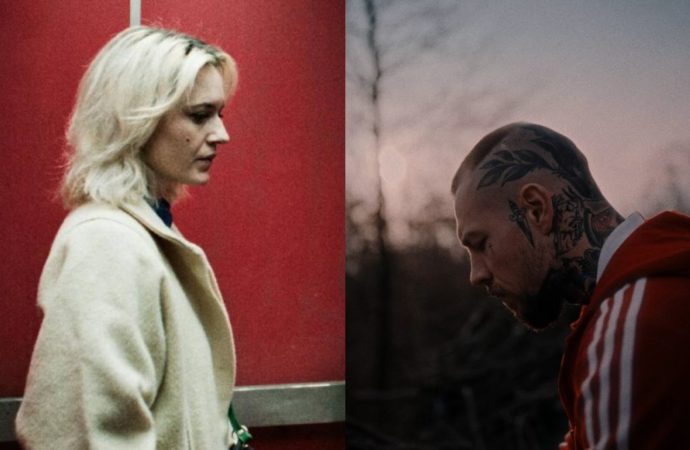The 74th Berlinale saw the premiere of The Devil’s Bath (Des Teufels Bad, 2024), a horror story set amid the Enlightenment, in a gloomy Austrian forest. Backwardness, the remnants of superstition, and mob justice show the atavism and darkness so far removed from those lights of a century that seemed to be spent elsewhere. Veronika Franz (Good Night, Mommy, 2014) and Severin Fiala (The Lodge, 2019) direct a chilling tale that puts the spotlight on the mental health of women, showing the null tools they possess to manage their psychological disorders linked to systematic mistreatment and denial of their needs. The script by the pair of directors is inspired by the work ‘Suicide by Proxy in Early Modern Germany’ by Kathy Stuart, as the story it tells is based on the documented reality of thousands of women who lived through a similar situation. The first images of the film are already shocking, but the tension will not stop building until the end.
Agnes (Anja Plaschg) leaves her family and her surroundings to marry Wolf (David Scheid), but soon finds herself trapped in a marriage and a new life that suffocate her, especially with the all-consuming presence of her mother-in-law (Maria Hofstätter). Melancholy and depression gradually creep into her life, with an aesthetic correlate in the landscape, in the fog, the greys, and the increasingly inhospitable nature. Thus the brutal realism and the bitter poetry of the images give us no respite. The happy childhood, and the house in which she grew up, are for Agnes a paradise definitively lost, leaving her with no roots and no safe place to return to, with nothing but herself, her life, and her routines. The household chores are carried out with interest and exactitude, like a liturgy, which may be protective but ends up being even more depersonalizing. Church and superstition drag her deeper into her depression, rather than alleviating her suffering.

How the directors show the progressive annihilation and descent into the mental hell of their protagonist is meticulous and oppressive, conveying the same anguish that overwhelms Agnes, unable to extricate herself from the web of darkness and terror that envelops her, as the brutality of the fishing her husband forces her to participate in. The young girl’s gentleness moves us as we watch her break down before our eyes with the austerity that characterizes Veronika Franz and Severine Fiala.
The only way for young Agnes to escape the spiritual condemnation of suicide is a crime that will end her suffering. The ultimate horror is reserved for the end when we have empathized with the torture the protagonist suffers throughout the film. In the form of an epilogue, and only after having witnessed a horrifying history lesson with women as the protagonists, will the spectator learn the real origin of the practices that have been presented to us. The art direction, the performances – with a wonderful Anja Plaschg who moves us in her pain and even in her crime – and a skillful and disturbing script make The Devil’s Bath an excellent proof that horror films can also be committed, but also that history (in this case, the 18th century) is an inexhaustible source of true stories of cruelty and barbarity.









No one has posted any comments yet. Be the first person!